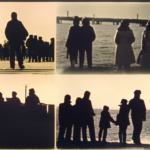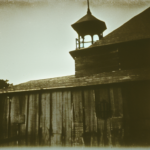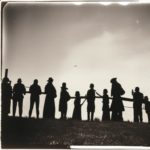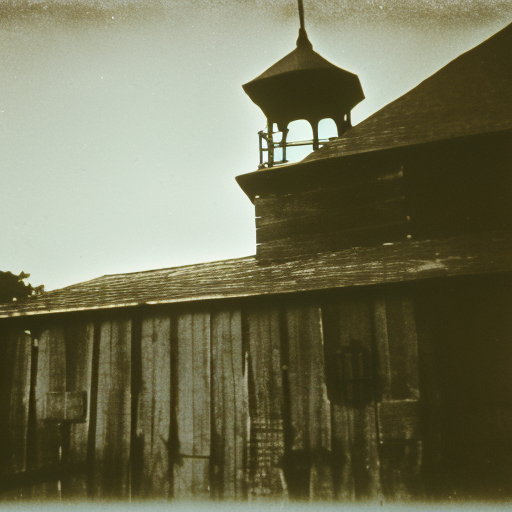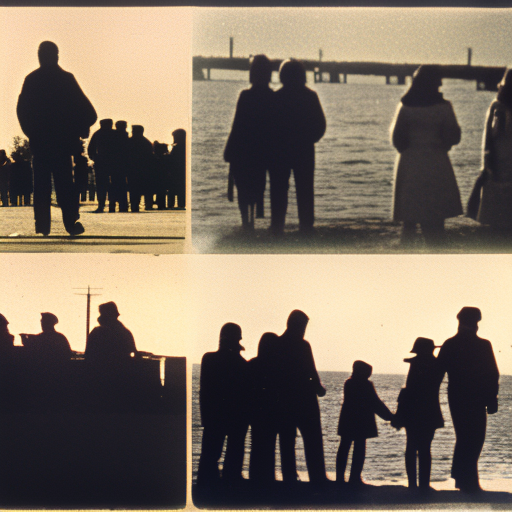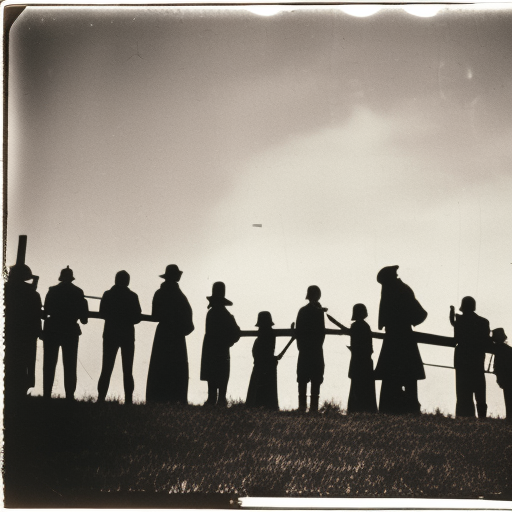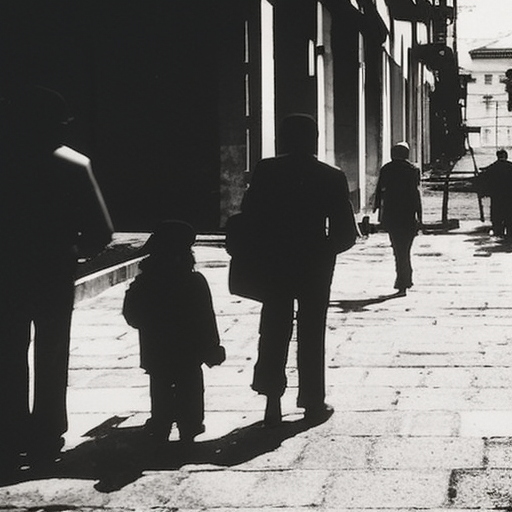The Jamestown Settlement (1607)
The Jamestown Settlement was the first permanent English settlement in North America. It was established in 1607 by the Virginia Company of London, a joint-stock company, with the goal of finding gold and a passage to the Indies. The settlement was located on the banks of the James River in present-day Virginia.
Founding and Early Challenges
On May 14, 1607, a group of 104 English settlers, known as the “First Settlers,” arrived at Jamestown. Led by Captain John Smith, they faced numerous challenges in the early years. The settlement was plagued by disease, starvation, and conflicts with the local Native American tribes, particularly the Powhatan Confederacy.
The Starving Time
In the winter of 1609-1610, known as the “Starving Time,” the settlers faced a severe food shortage. With inadequate provisions and a lack of farming knowledge, they resorted to eating rats, snakes, and even each other. By the spring of 1610, only 60 settlers remained alive.
John Rolfe and Tobacco
The Jamestown Settlement’s fortunes changed with the introduction of tobacco cultivation. In 1612, John Rolfe successfully cultivated a strain of tobacco that became highly profitable in England. This led to a boom in tobacco production and the arrival of more settlers to work on the plantations.
Headright System and Indentured Servitude
To encourage further colonization, the Virginia Company implemented the headright system in 1618. Under this system, anyone who paid for their passage to Virginia received 50 acres of land, with an additional 50 acres for each additional person they brought. This led to the influx of indentured servants, who worked on the plantations in exchange for passage to America.
The House of Burgesses
In 1619, the Virginia Company established the House of Burgesses, the first representative assembly in the American colonies. It consisted of elected representatives from each plantation and had the power to make laws and levy taxes. This marked an important step towards self-governance in the English colonies.
The Arrival of African Slaves
In 1619, the first African slaves arrived in Jamestown. Initially, they were treated as indentured servants, but over time, the institution of slavery became more entrenched in the colony. The reliance on slave labor would become a defining characteristic of the southern colonies.
The Indian Massacre of 1622
In 1622, tensions between the settlers and the Powhatan Confederacy escalated, leading to the Indian Massacre of 1622. The Powhatan attacked the English settlements, killing around 350 colonists, including men, women, and children. This event strained relations between the English and the Native Americans, leading to further conflict.
Royal Colony Status
In 1624, the Virginia Company’s charter was revoked, and Jamestown became a royal colony under the direct control of the English crown. This marked the end of the Virginia Company’s involvement in the settlement, and the colony came under stricter English control.
Legacy
The Jamestown Settlement laid the foundation for English colonization in North America. Despite its early challenges, it survived and became the capital of the Virginia colony. It also paved the way for future English settlements, including the establishment of other colonies such as Plymouth and Massachusetts Bay. The Jamestown Settlement’s legacy includes the introduction of tobacco cultivation, the establishment of representative government, and the beginnings of African slavery in the English colonies.
